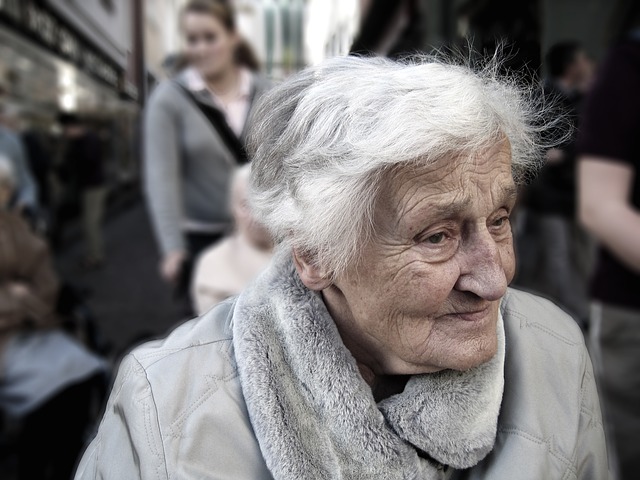The life expectancy gap between poorer and richer women has widened by almost six months over the last three years.
The Office of National Statistics (ONS) now estimates that the total gap between the UK’s poorest and richest women is seven and a half years.
Between 2012-14 and 2015-17 there was a 98-day drop in life expectancy at birth for women in the most deprived areas, bringing the expectancy to 78.7 years.
Meanwhile, the life expectancy for women in the least deprived areas grew by almost 84 days to 86.2 years.
This is the gruesome legacy of successive austerity governments.
David Lammy, Labour MP for Tottenham
There is a larger gap for men of nearly 10 years, with those in the most deprived areas expected to only live for 74 years compared to 83.3 years for men living in the least deprived areas.
However, life expectancy has not dropped for poorer men and only risen by about three months for the wealthier.
Ben Humberstone, Deputy Director for Health Analysis and Life Events for ONS, explained life expectancy in the UK has stopped improving at the rate that was expected before 2011.
“We will be carrying out further work to analyse the factors contributing to this trend, including the impact of deprivation,” he said in a statement.
Is Austerity To Blame?
 Credit: Peter Damian/Wikimedia Commons
Credit: Peter Damian/Wikimedia Commons
The rapid decline of life expectancy in poorer women is thought to be a result of austerity measures creating job instability and healthcare cuts.
Writing on Twitter, Labour MP David Lammy described the decline as “the gruesome legacy of successive austerity governments”.
Deputy Leader of the Labour party, Tom Watson, added: “There will be no more chilling epitaph to Theresa May’s failed premiership than the fact she made women work for longer to die sooner”.
There will be no more chilling epitaph to Theresa May’s failed premiership than the fact she made women work for longer to die sooner.
Tom Watson, Deputy Leader Labour Party
Talking to the Guardian, Vivienne Hayes, the chief executive of the Women’s Resource Centre, said that austerity was in no doubt to blame and that in the future policies need to be made through a “gendered lens”.
“They say they do equality and impact assessments on their policies but they are either not doing them very well or they are doing them and saying: ‘We know that’s going to be s*** for women, but we don’t give a f***.’ They need to robustly implement their own Equalities Acts and stop punishing us.
“Generally speaking, women are the backbone of families and communities. They do all the unpaid care, they are often the ones who keep the wider family together, and if you are going to undermine women to the point of killing them then what’s the impact on wider society?”
What About The Right To Life?
 Credit: Unsplash/lumapimentel
Credit: Unsplash/lumapimentel
Under Article 2 of the Human Rights Act, our right to life is protected.
However, this doesn’t mean that our right to a long life is protected. Rather, it means that no one, including the government, has the right to end your life.
Critics believe that austerity is having a direct impact on life expectancy rates though, which means the right to health may be violated.
The right to health states that everyone must have basic access to healthcare and hospitals, as well as underlying factors necessary for a healthy life, such as safe drinking water and sanitation, food and adequate housing.
States must do everything they can, within their available resources, to provide all the above essentials.
More research needs to be carried out to determine what exactly is shortening the life expectancy of impoverished women but if the cuts to healthcare services, job instability and reliance on food banks due to government policy are having an impact, then the UK government may be in breach of the right to health.







